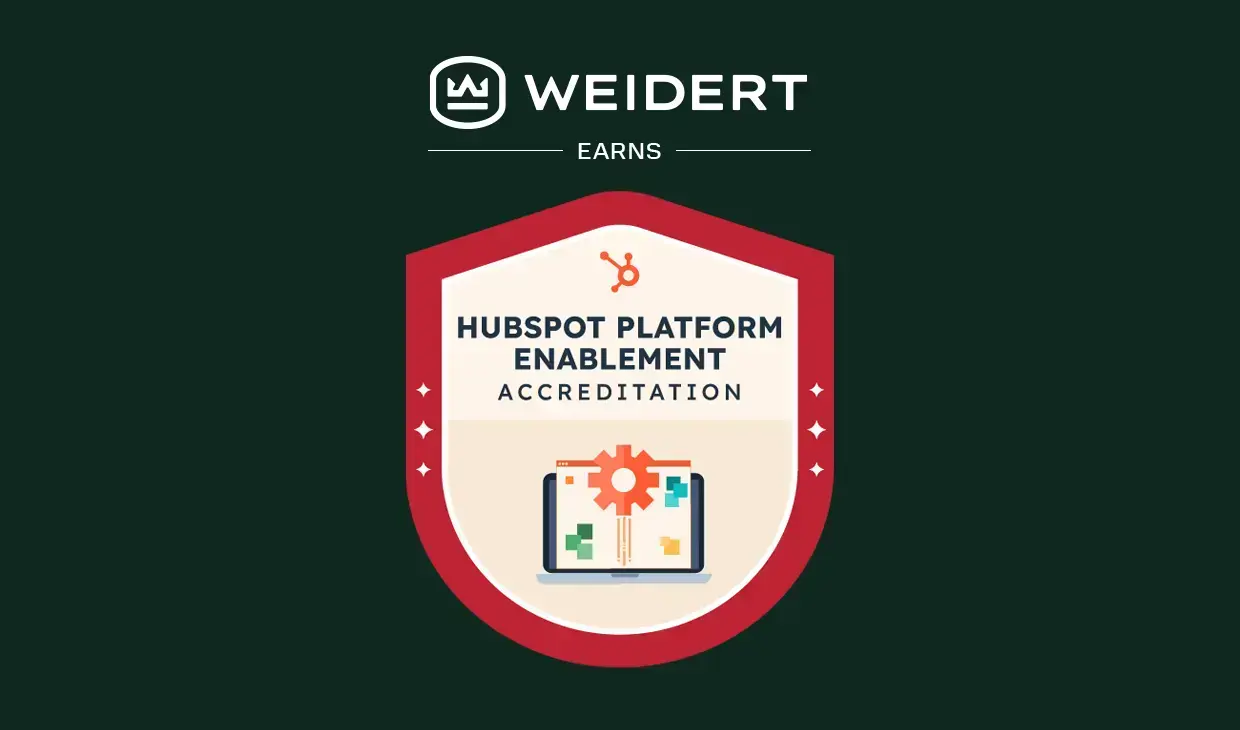Why — and How — to Identify Your Best Sales Prospects
Written by
Every company wants to attract more sales prospects and leads — no huge revelation there. But there’s an important distinction between a prospect and your best prospect.
A prospect falls into a big, general category that includes anyone who could potentially use your product or service. But what you really want to know is, who are your best inbound sales prospects — the potential customers you want more than any others?
Why Prioritizing Your Best Prospects Makes Sense
Before jumping into how to identify sales prospects, it’s important to address the question of why — because by choosing to focus on a narrower section of prospects, you’re naturally setting aside other potential customers. So, where’s the nugget of wisdom in looking past some prospects and prioritizing others?
Say, for example, you’re the passionate owner of 1967 Porsche 911, and you have an engine problem you can’t fix. Are you going to take it to the corner auto repair shop, or are you going to take it to a specialist who knows classic Porsches? And if you’re the owner of that classic car repair shop and someone calls asking for help repairing their new Tesla Model Y, is it worth your time and hassle to source and buy all new parts and learn how to repair an electric car, or does it make more sense to focus on classic car owners who are a better fit for your expertise?
For industrials committed to inbound marketing, your program will reach its best potential when you focus your sales and marketing processes on prospects that make a good fit. From your ideal customer profile, you can derive meaningful marketing strategies built around fact-based buyer personas, and create content that supports your inbound sales process. Here’s why:
When you align all your marketing content — website, blog posts, emails, video content, social media posts, etc. — with the needs and interests of your best prospects with the most complex challenges, you demonstrate a deep understanding of issues that can transcend your specific target audience. You show how your products and services solve challenges and alleviate their pain points. Among dozens of possible vendors, your marketing content differentiates you — elevating your relevance and showing how you’re the best, unique fit for those partners — and qualifies those leads, contextualizing them within the sales cycle to save you time and resources.
Does Focusing on Your Best Prospects Exclude Potential Customers?
Some companies may hesitate to focus on only certain prospects while paying less attention to others, but it’s not the same as putting all your eggs in one basket. You aren’t excluding other, less ideal prospects. Rather, you’re focusing your sales efforts on prospects with a serious interest and spending less time chasing leads that are less likely to close. This is an important distinction to make, because sales resources — budgets, time, and sales reps — have limits. Focusing on your best prospects increases your ROI from the sales process.
And don’t worry, those other prospects can still find you online as they search for solutions. Your demonstrated expertise for the most challenging customer needs can also appeal to more general prospects with similar concerns… so you’ll still have the opportunity to work with them, should you choose to. And if your sales pipeline is full of prospects with a closer fit, you can be more selective about the leads your sales team pursues and allocate fewer resources to those that are a poor fit.
At Weidert Group, for example, we specialize in helping industrial companies and those that serve them, so we create content specifically addressing those audiences. But other B2B companies often have concerns and needs that are similar to industrials, like generating leads or developing more compelling content to drive conversion. These other companies can see evidence of our expertise in a similar field before they choose to contact us. We don’t give up working with these companies; we simply expend most of our marketing and sales efforts toward connecting with prospects we most want to work with — and who truly want to work with us.
How to Identify and Prioritize Your Best Sales Prospects
Most small and medium-size companies cast a wide net when it comes to who they consider a prospect. In fact, some define their best prospects as “companies that might buy our product.” Other companies might consider their best prospects to be only within certain verticals (e.g., Petroleum, Municipalities, Power, Pulp & Paper, Chemical, etc.).
In reality, as described above, your best prospects are those that represent your ideal customer.
Your ideal customer won’t be exactly like other companies’ ideal — it’s your ideal, not theirs — but some common characteristics used to evaluate and identify ideal customers include:
1. Potential for a long-term relationship.
Every sales team would agree it’s far less expensive to keep an existing customer than it is to find a new one. In fact, customer lifetime value (CLV) is a more meaningful data point than, for example, a customer’s initial purchase. CLV translates to greater value in prospects that are likely to buy additional products or bring you more business — including upselling, maintenance, and repeat purchases.
Once you establish a relationship, some customers may open doors to deeper or broader sales opportunities within a larger organization as you sell to other divisions, locations, or sister companies, and benefit from optimized efficiencies on those additional sales. Those potential pre-qualified sales leads have tremendous value.
ALSO READ: Customer Interview Discussion Guide: The Voice of the Customer Questions You Should Be Asking
2. Revenues that point to their ability to afford your product or service.
A harsh reality is that not all prospects have the budget, or the will to spend it, on your product. If smaller businesses (for example, with sales of less than $3 million) consistently balk at your prices, align yourself with larger organizations that are more likely to be able to afford your product.
If — even after you make a strong case for the value your product or service delivers (ROI, cost-in-use, reduced maintenance, improved productivity, etc.) — a prospect is reluctant to pay the price, they aren’t going to be your best prospect.
3. Geographic suitability.
Location might not matter for larger OEMs that can ship equipment anywhere, but for those bound by region — whether due to seasonality, specific product characteristics, or other factors — your best prospects are most likely in your geographic market. Other prospects might be considered depending how close to your region they are or other factors that would justify an outlier, but most that fall outside your area aren’t likely to be feasible customers.
RELATED: GEOGRAPHIC SEO FOR B2BS — KEYWORDS AND DIRECTORIES
4. A demonstrated partnership mentality.
Some prospects are known to approach relationships with vendors as transactional: a vendor is simply someone who supplies something. Others, however, value the insights of a partner, and see mutually beneficial relationships as key to their long-term success. These are prospects you want to work with and can become invaluable customers.
Use What You Learn to Align Marketing and Sales Efforts
Once you’ve zeroed in on your ideal customer profile, it’s vital to develop marketing content that focuses on buyer personas within those types of organizations, and to assess your content on the basis of how it attracts, engages, and delights those target audiences. Having a service level agreement (SLA) in place can help your teams define marketing qualified leads and sales qualified leads, and clarify accountabilities for each team. Your sales enablement strategy should include making sure that sales experts have ready access to helpful resources when they need them most, eliminating friction at critical points on the path toward purchase decisions, and helping them put your company’s best foot forward when reaching out to decision makers.
READ MORE ARTICLES ABOUT MARKETING & SALES ALIGNMENT
Remember, too, that social media platforms like LinkedIn are more than networking tools; they play a part in most companies’ vendor research. Your company’s LinkedIn page and your personal LinkedIn profile are an important early opportunity to differentiate yourself — get our free LinkedIn best practices tip sheet, and make your best possible first impression.
Subscribe To Our Blog
Information. Insights. Ideas. Get notified every time a new Weidert Group blog article is published – subscribe now!
You May Also Like...

Search Engine Optimization
Improve Both SEO and AI Visibility: Strategies for Success

Podcast
Brand Evangelism for B2Bs: Insights from HubSpot’s Kyle Jepson

Weidert Group News
Weidert Group Earns HubSpot Platform Enablement Partner Accreditation
Accelerate Your Growth with
Weidert Group
If you’re ready to explore a partnership, request a personalized consultation with our team.

